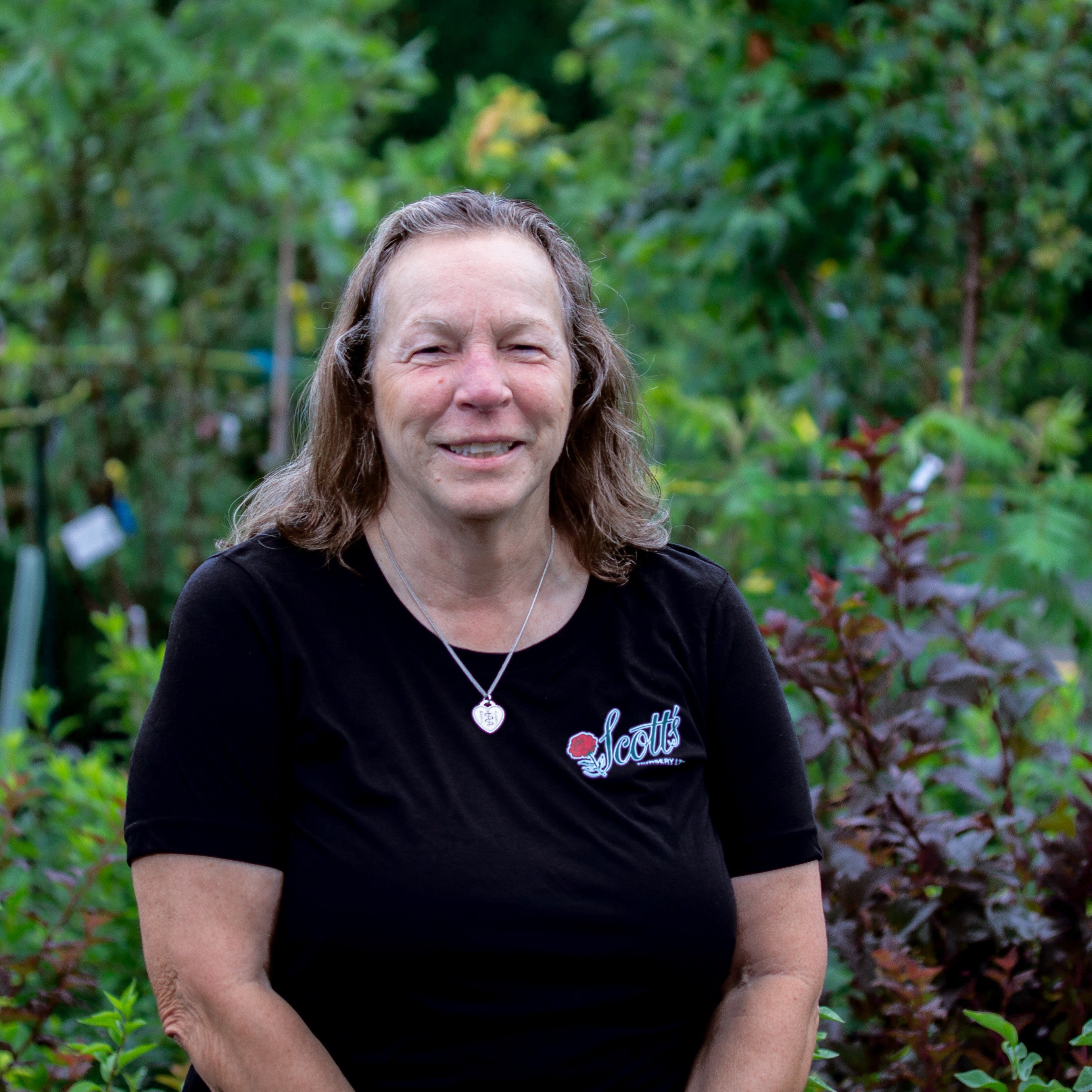What are perennials?
Learn Something New!
Popular Collections

Sun Loving
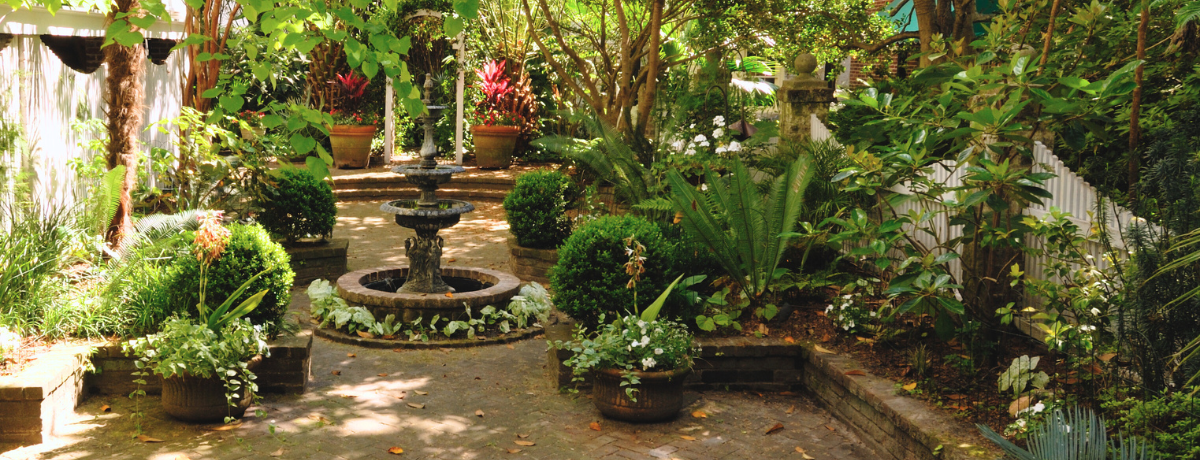
Shade Loving

Native Varieties


Pollinator-Friendly
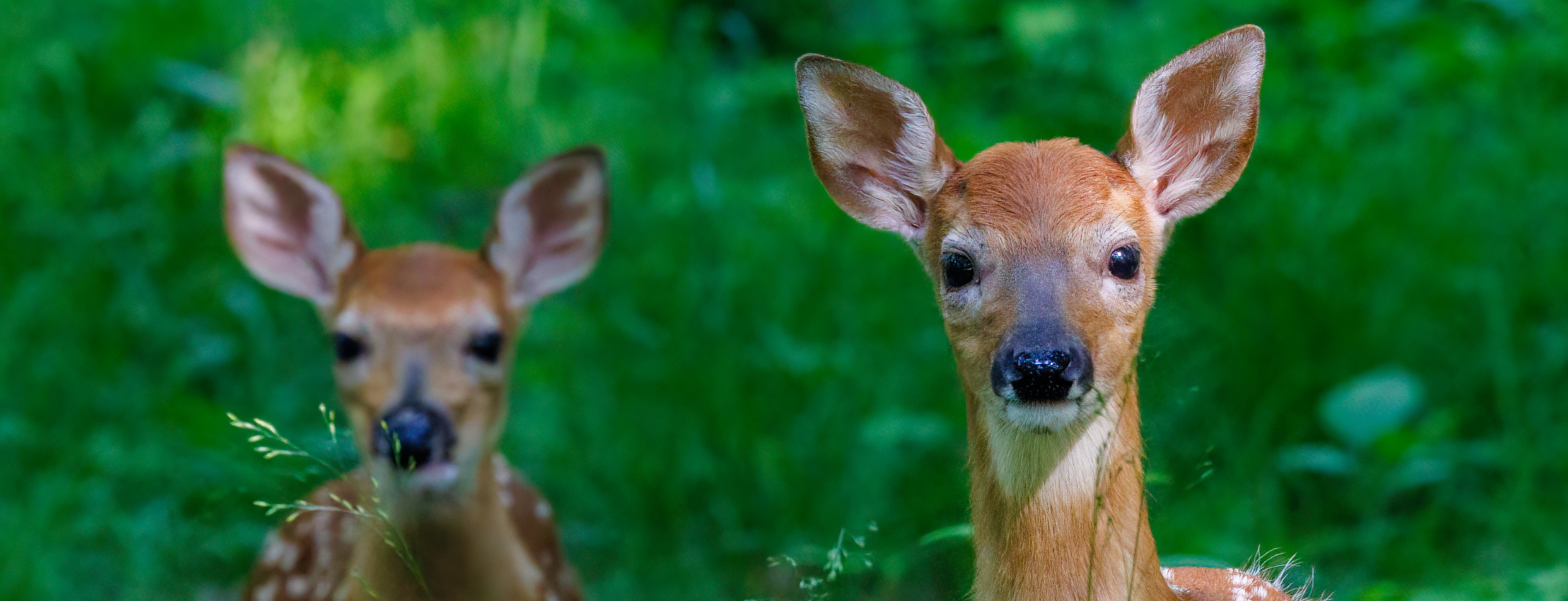
Deer Resistant
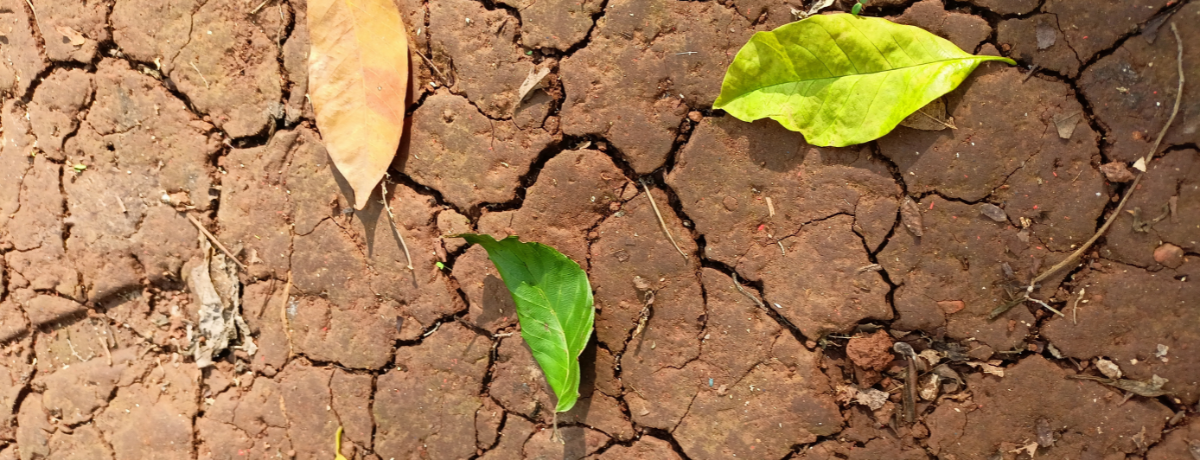
Drought Tolerant
Perennials

Anemone

Avens
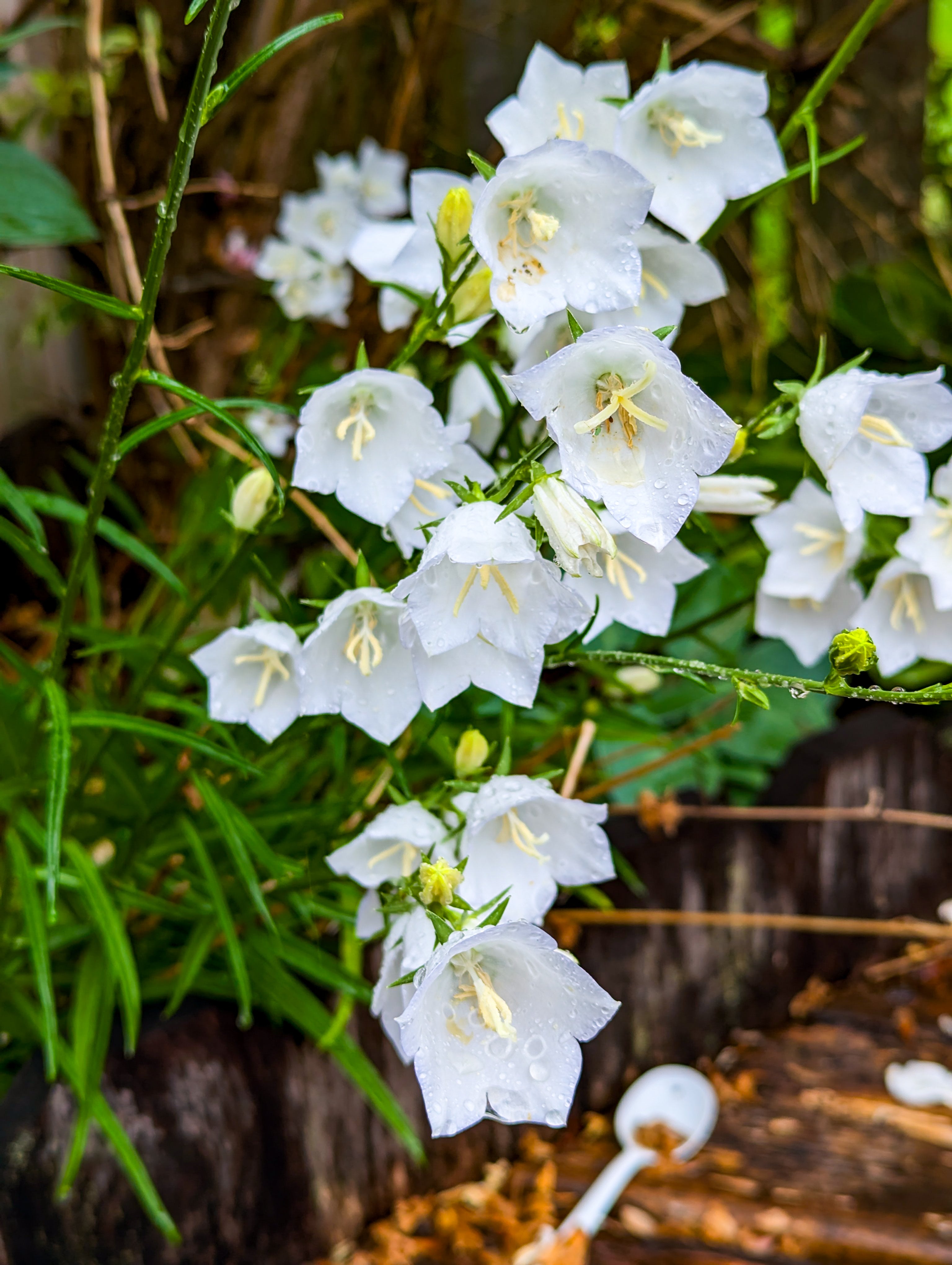
Bellflower

Bleeding Hearts

Aralia

Baby's Breath
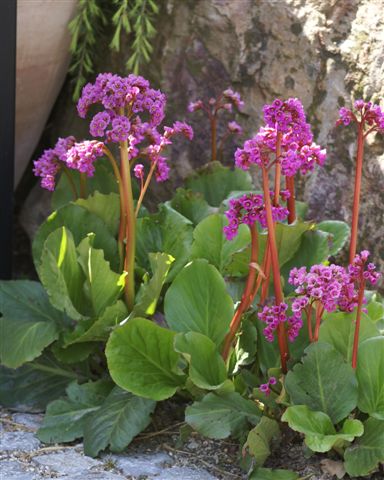
Bergenia

Bugbane
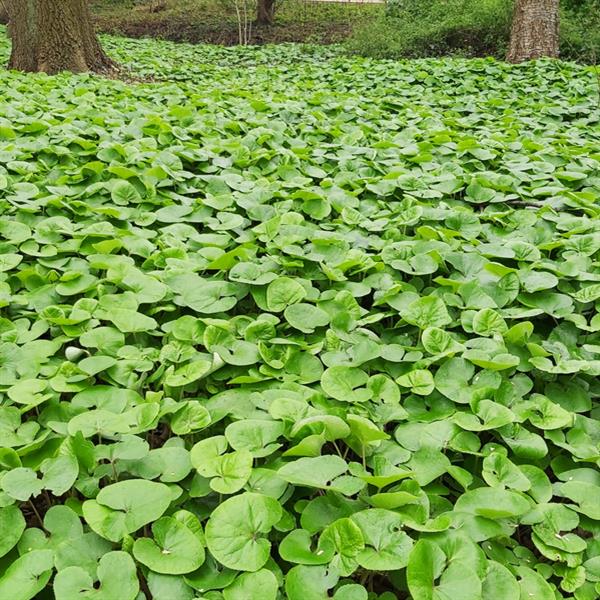
Asarum

Balloon Flower

Black-Eyed Susan

Bugleweed

Aster

Beardtounge

Blanket Flower

Bugloss

Alyssum

Astilbe

Bee Balm

Blazing Star

Cardinal Flower

Clematis
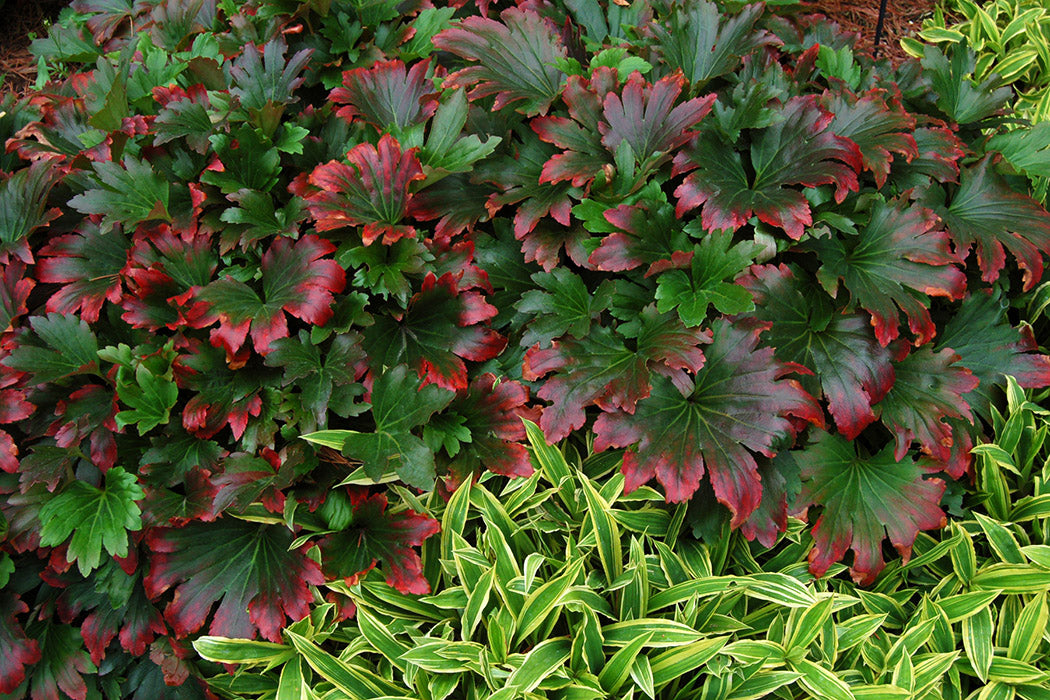
Crimson Fans
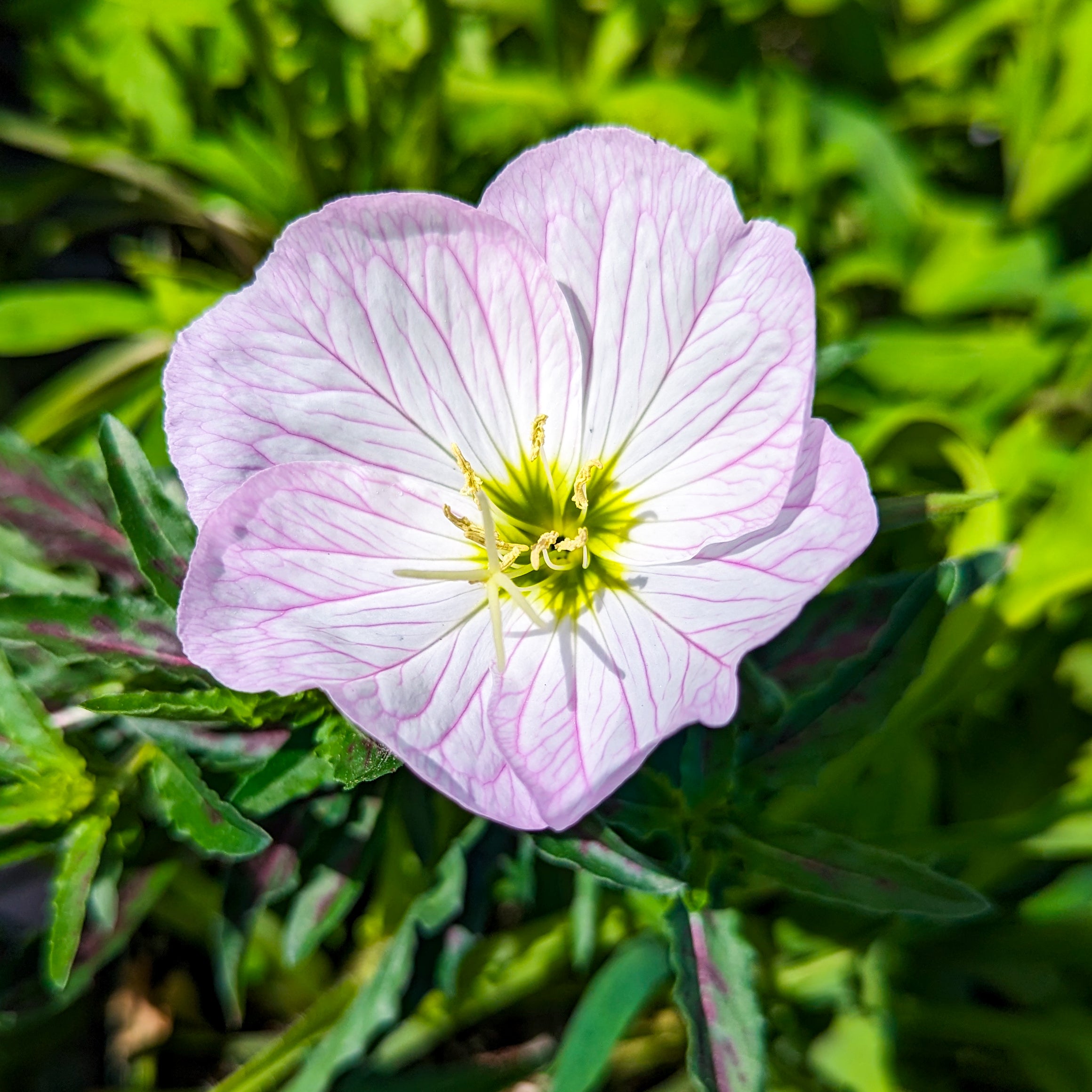
Evening Primrose

Catmint

Columbine

Culver's Root
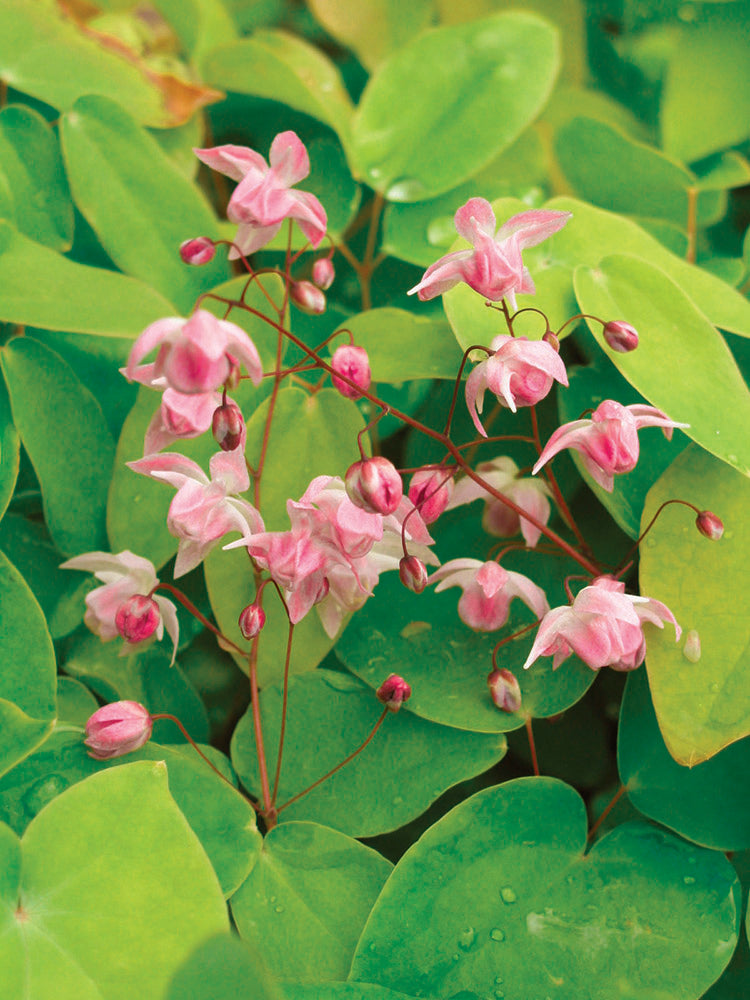
Fairy Wing
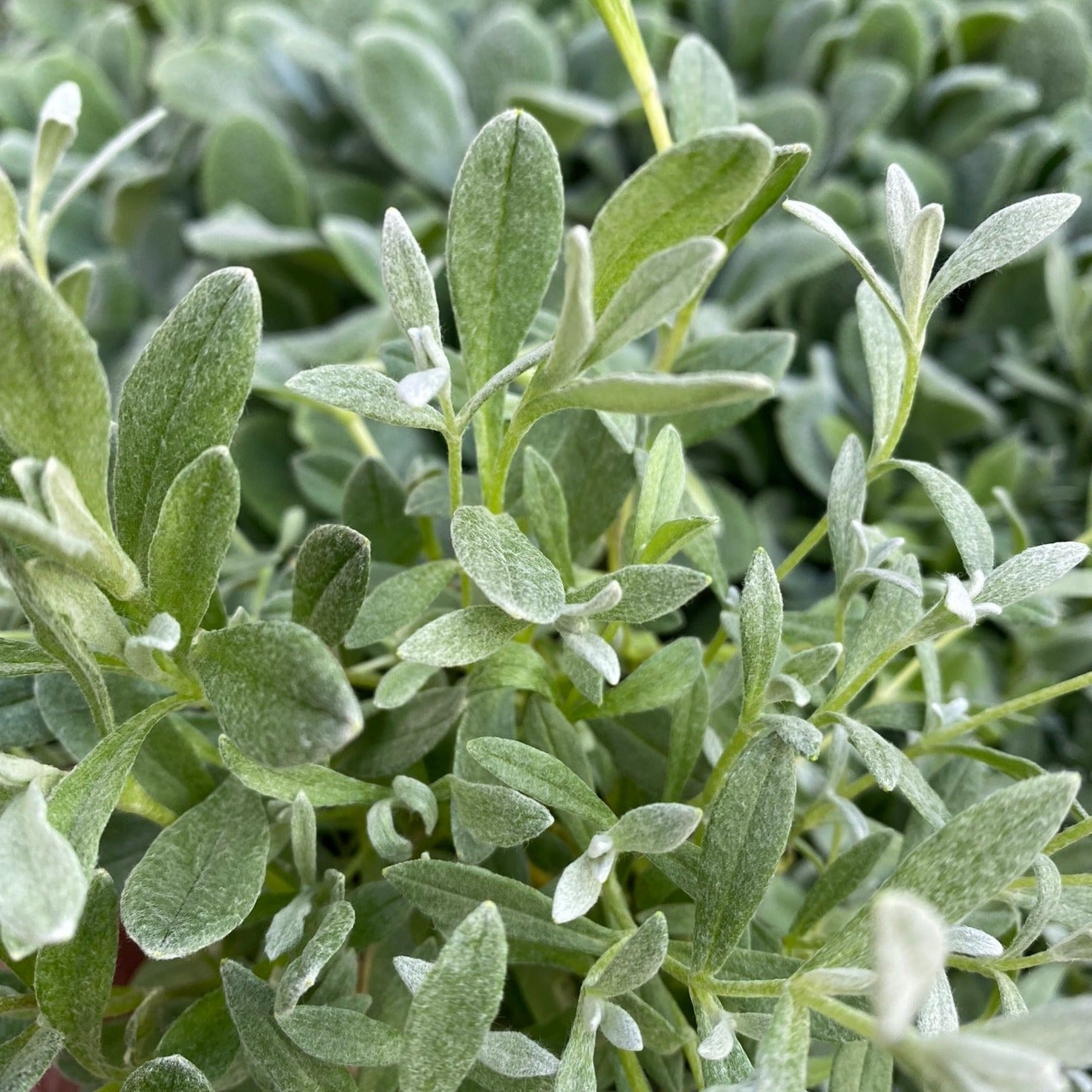
Cerastium

Coneflower

Daisies

False Indigo

Chinese Lantern
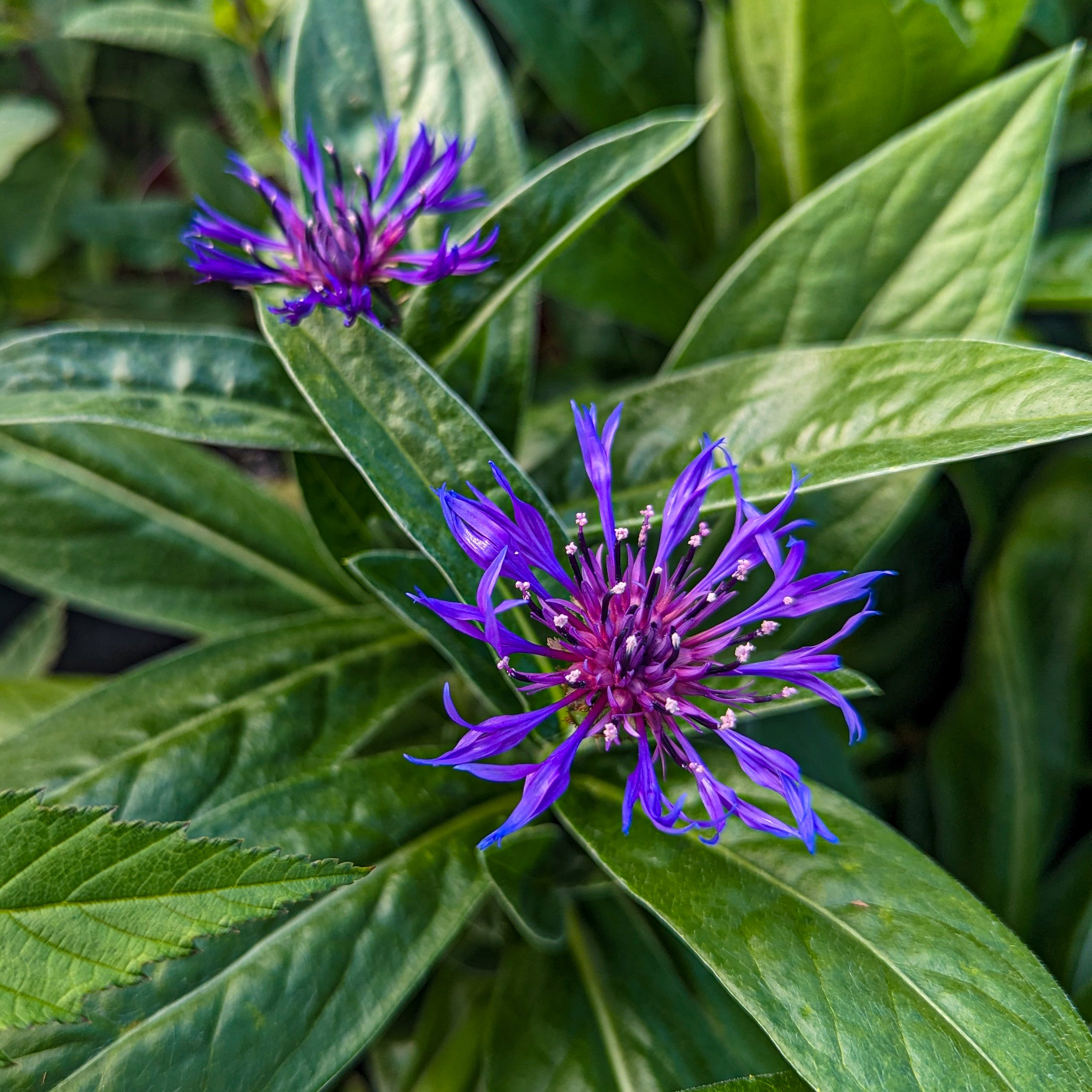
Cornflower

Deadnettle

False Sunflower

Candytuft

Cinquefoil
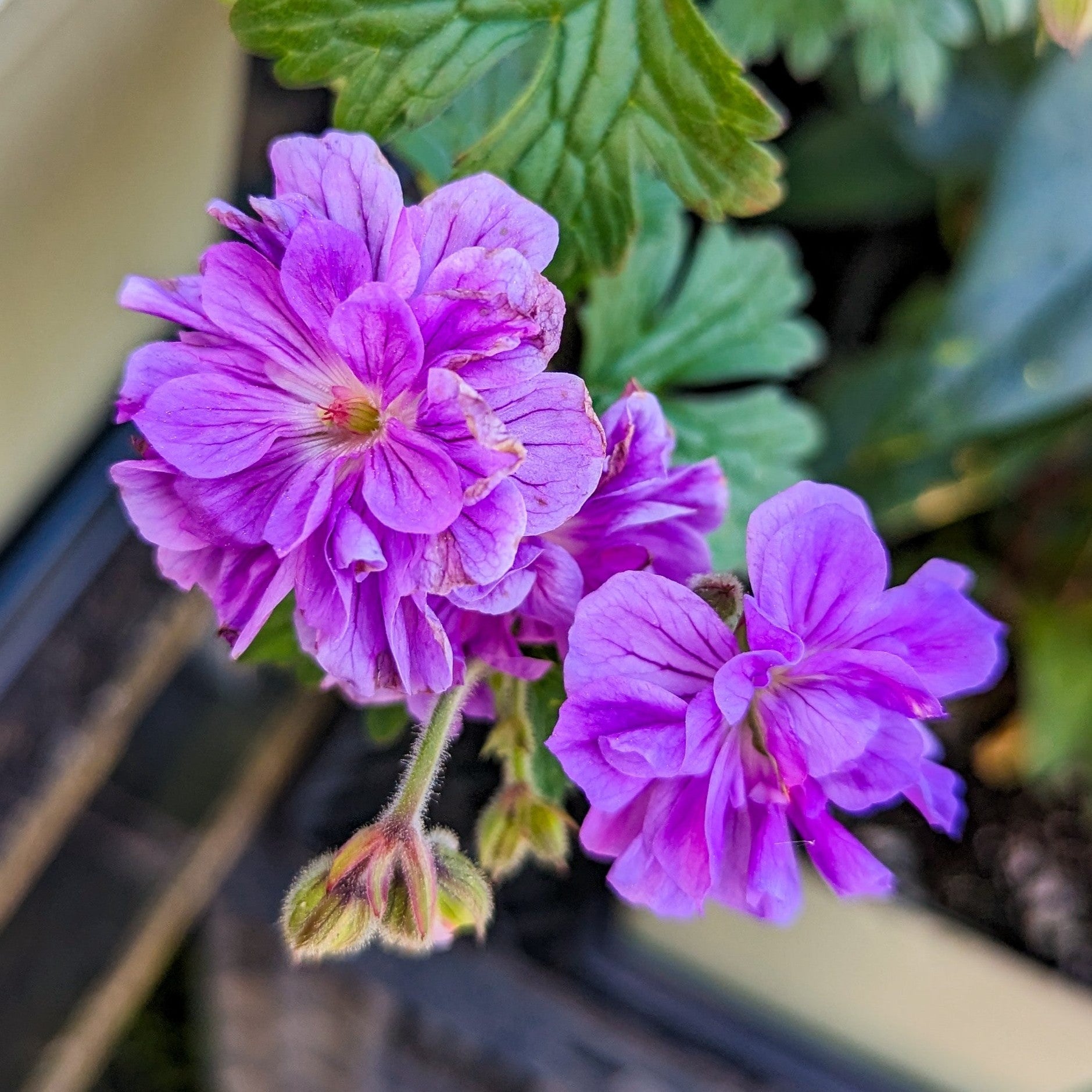
Cranesbill

Delphinium

Ferns
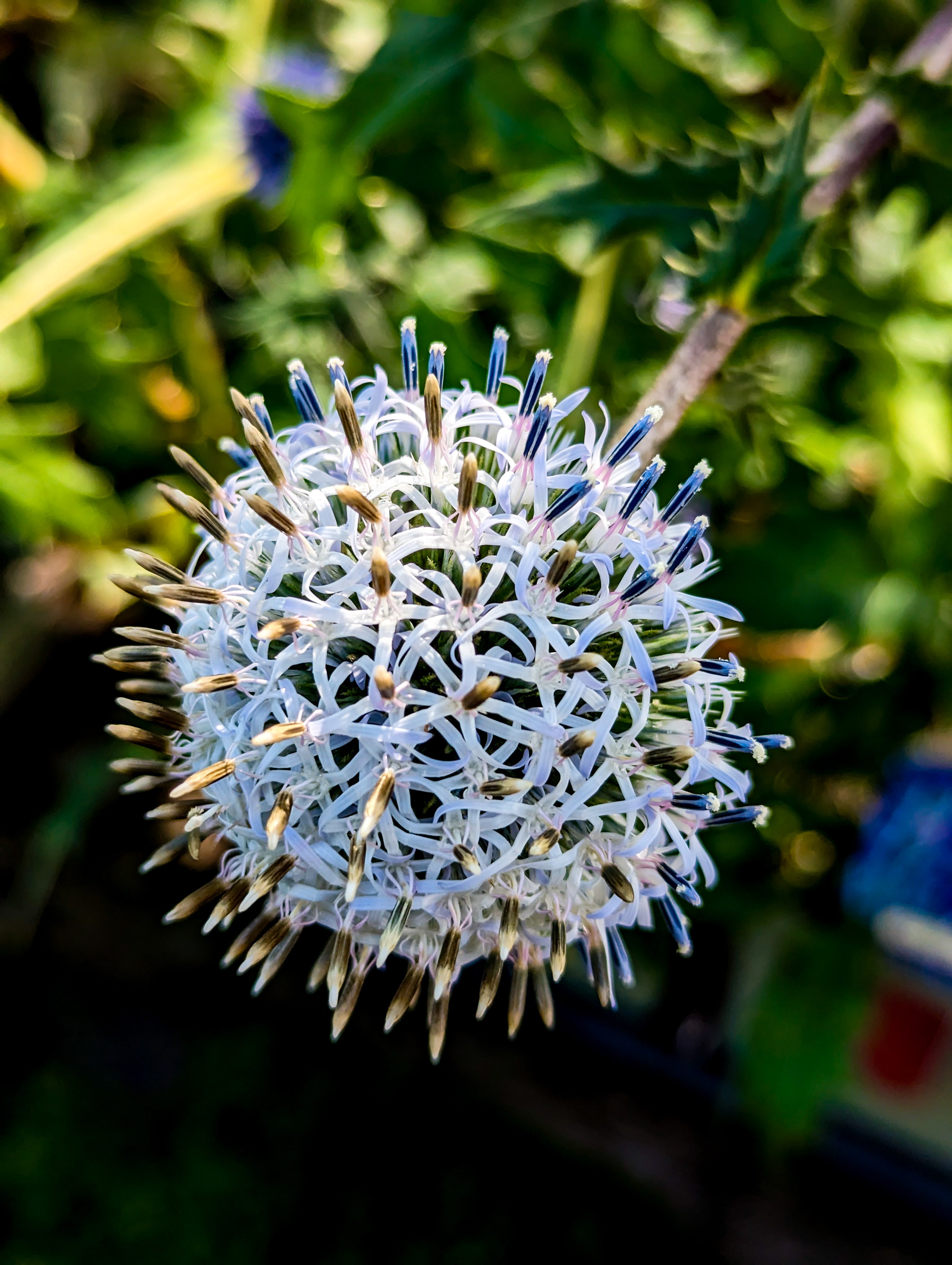
Globe Thistle

Flowering Spurge

Globeflower

Forget-Me-Not

Goat's Beard

Foxglove

Golden Ray

Gentian

Goldenrod

Hibiscus

iris
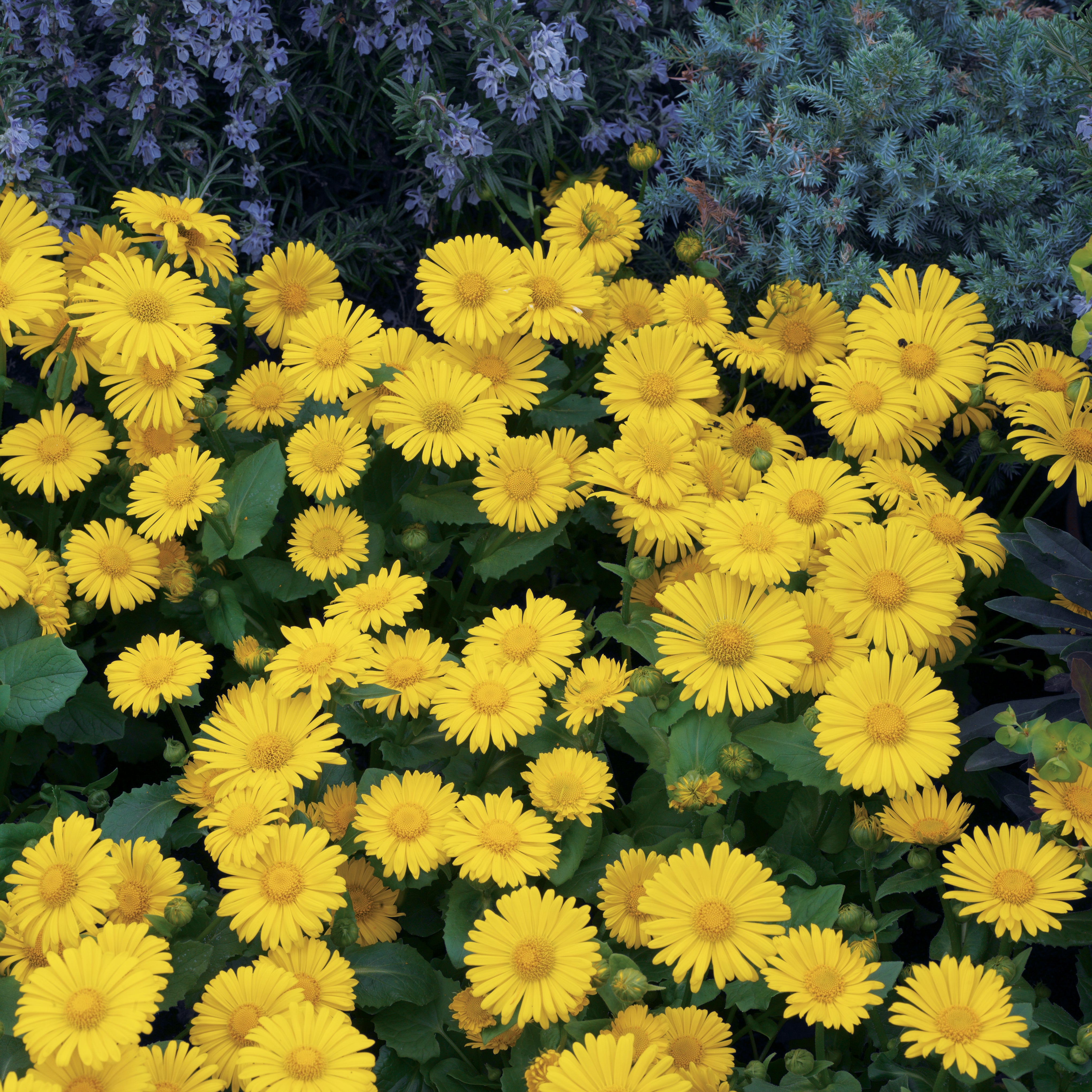
Leopard's Bane

Lupin

Grass
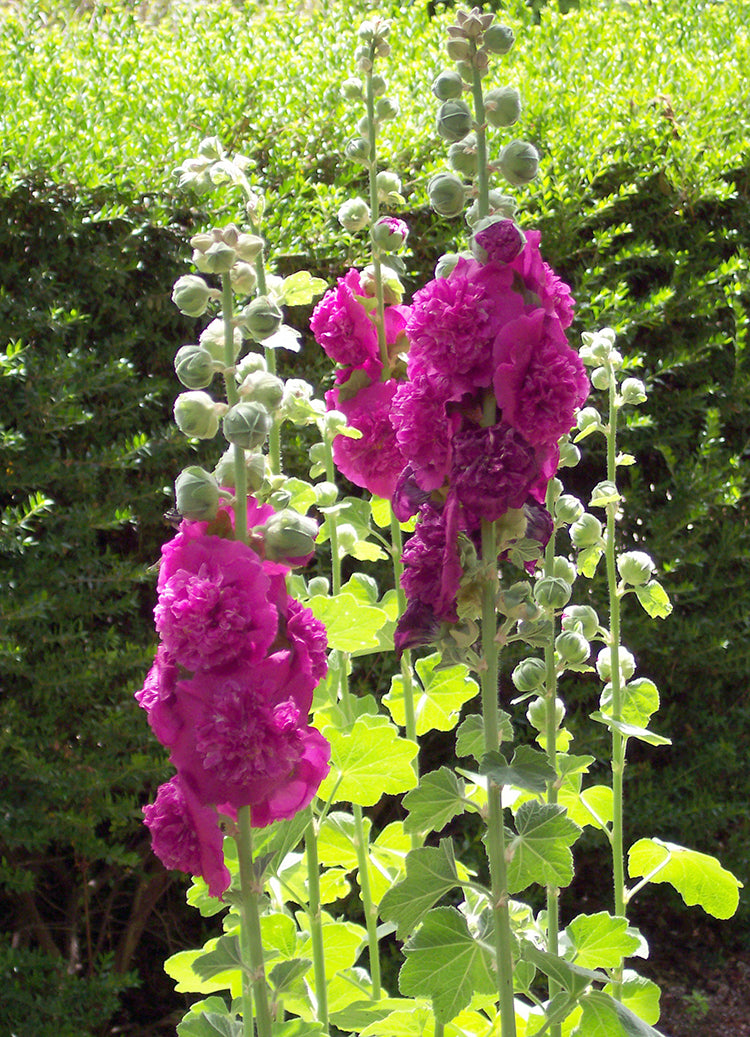
Hollyhock

Jacob's Ladder

Lily Of The Valley
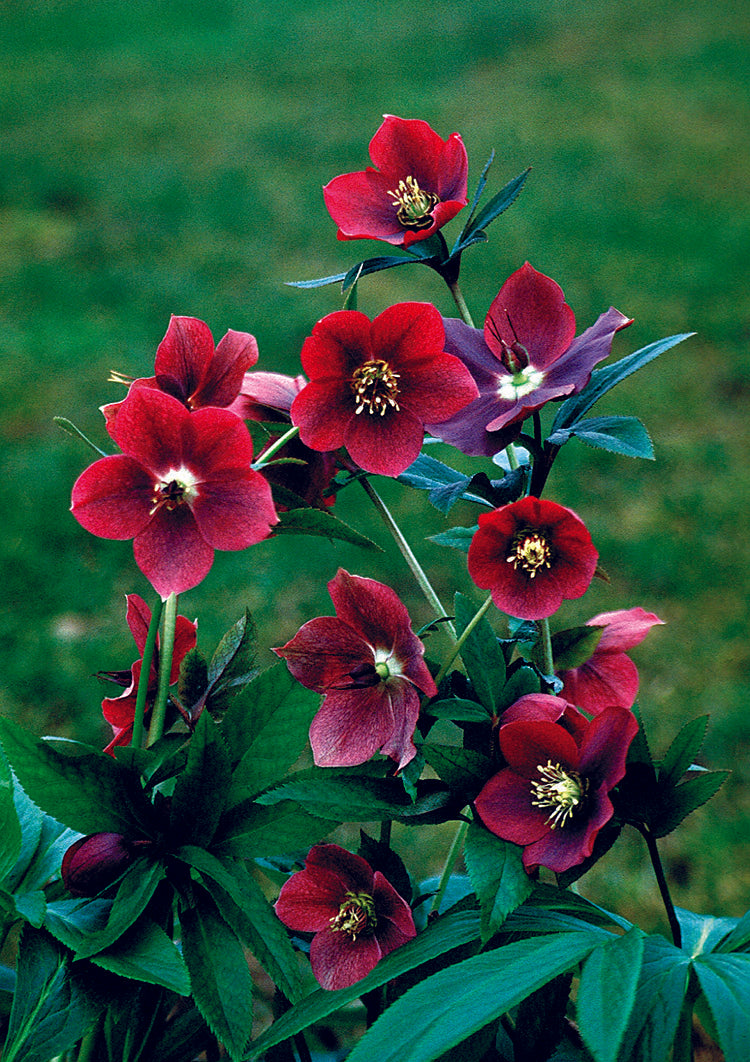
Hellebore

Hosta

Joe-Pye Weed

Lilies

Hens & Chicks

Hyssop
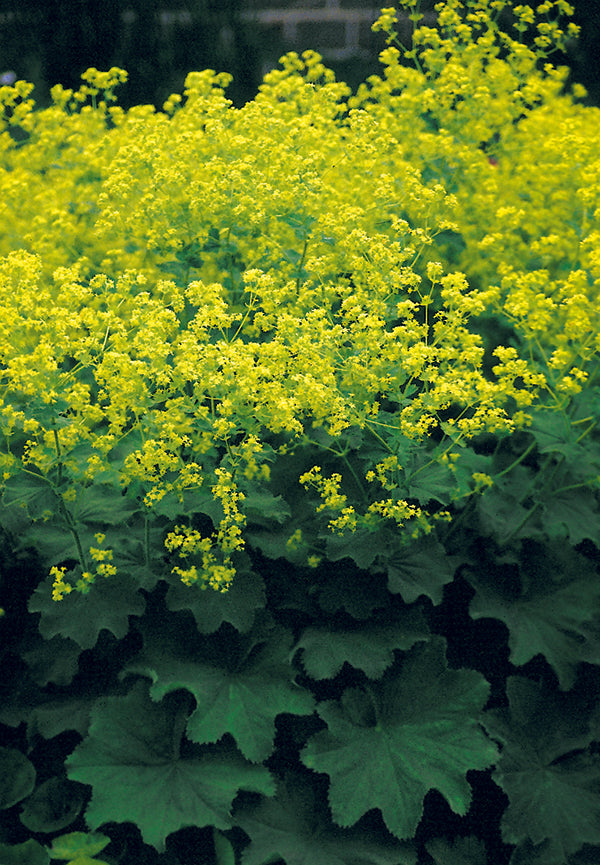
Lady's Mantle

Loosestrife

Heuchera Relatives

Ice plant

Lamb's Ear

Lungswort

Meadow Rue

Montbretia

Pasqueflower

Pinks
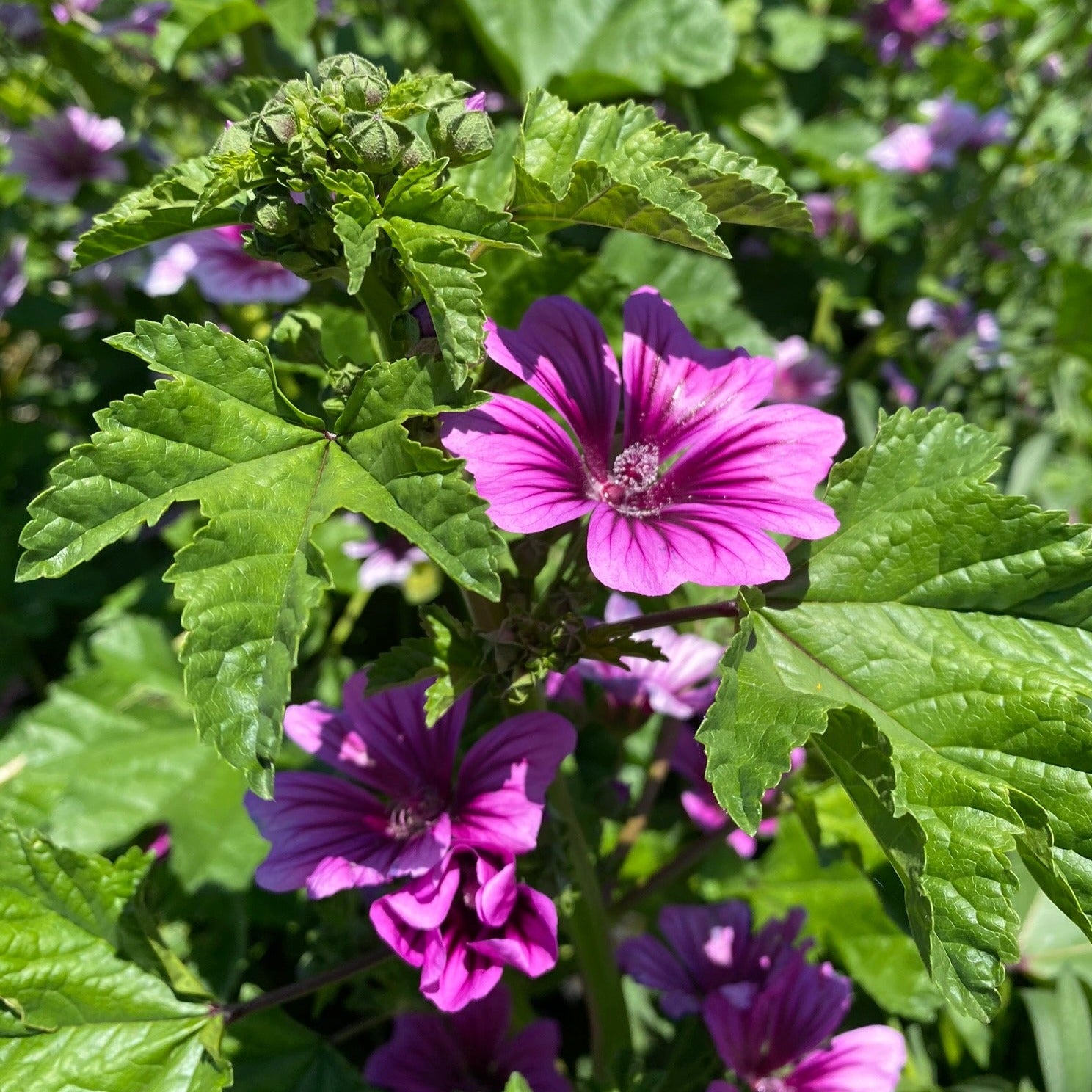
Mallow

Meadow Sage
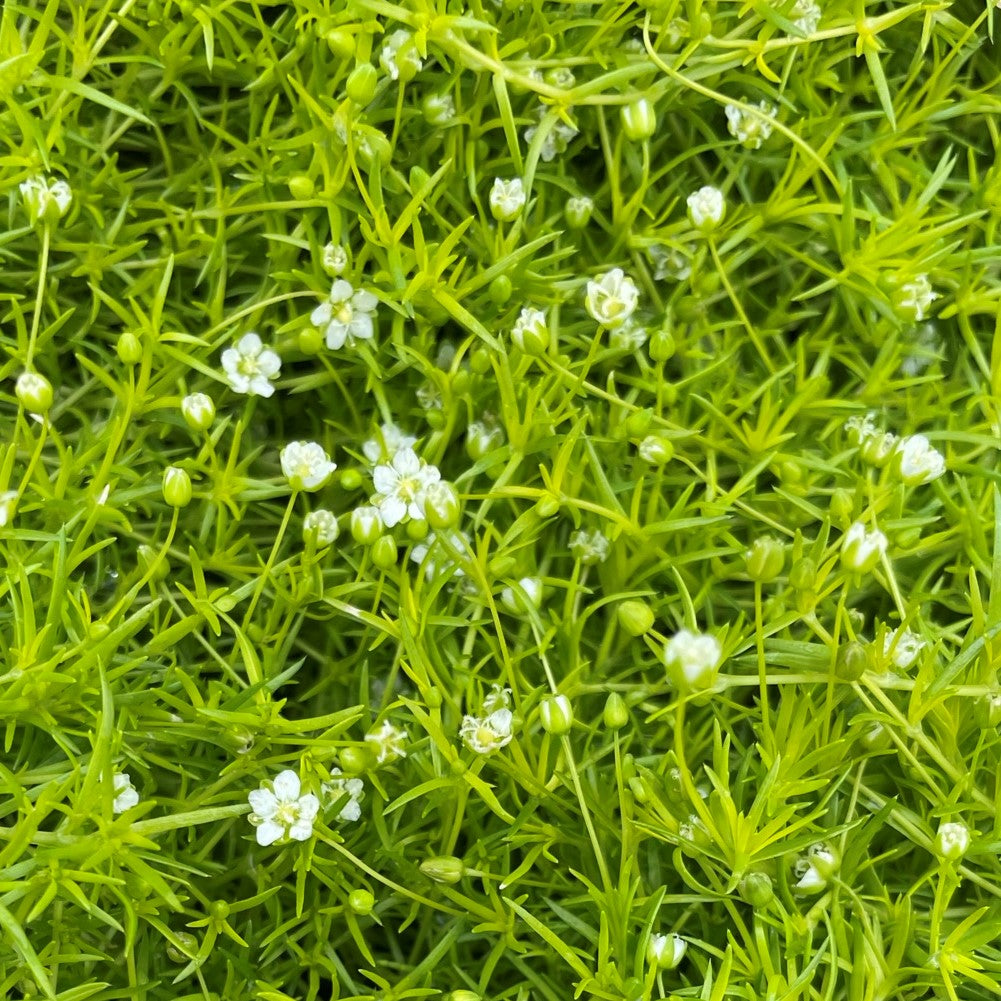
Moss

Peony

Maltese Cross

Meadowsweet
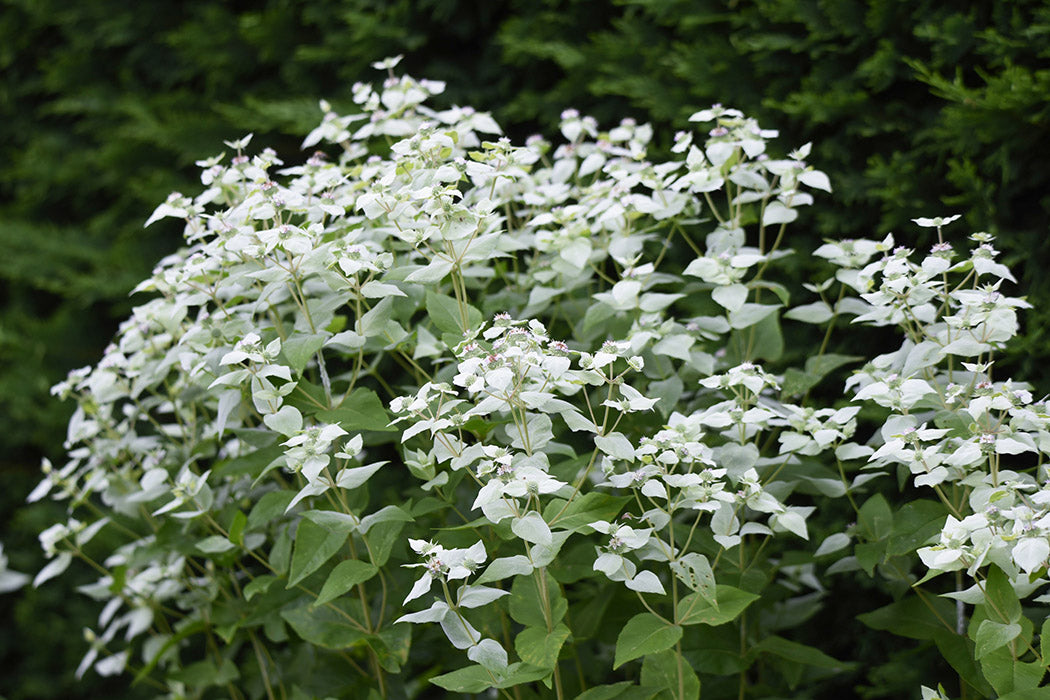
Mountain Mint
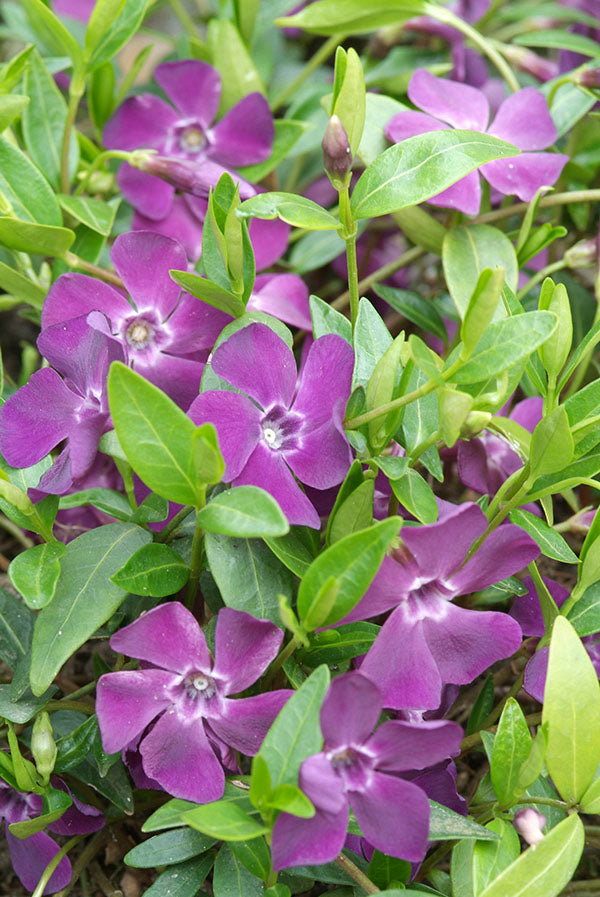
Periwinkle
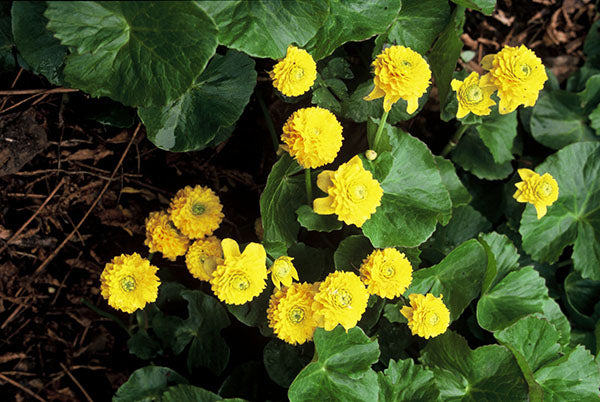
Marsh Marigold

Milkweed

Obedient

Phlox
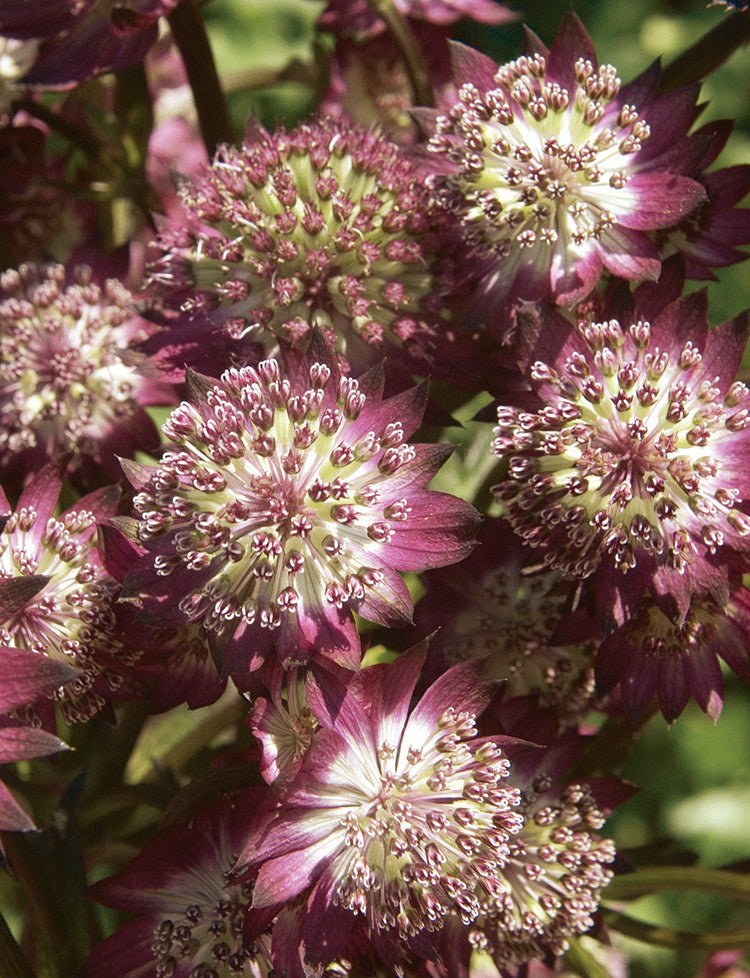
Masterworts

Monkshood

Ornamental Onion
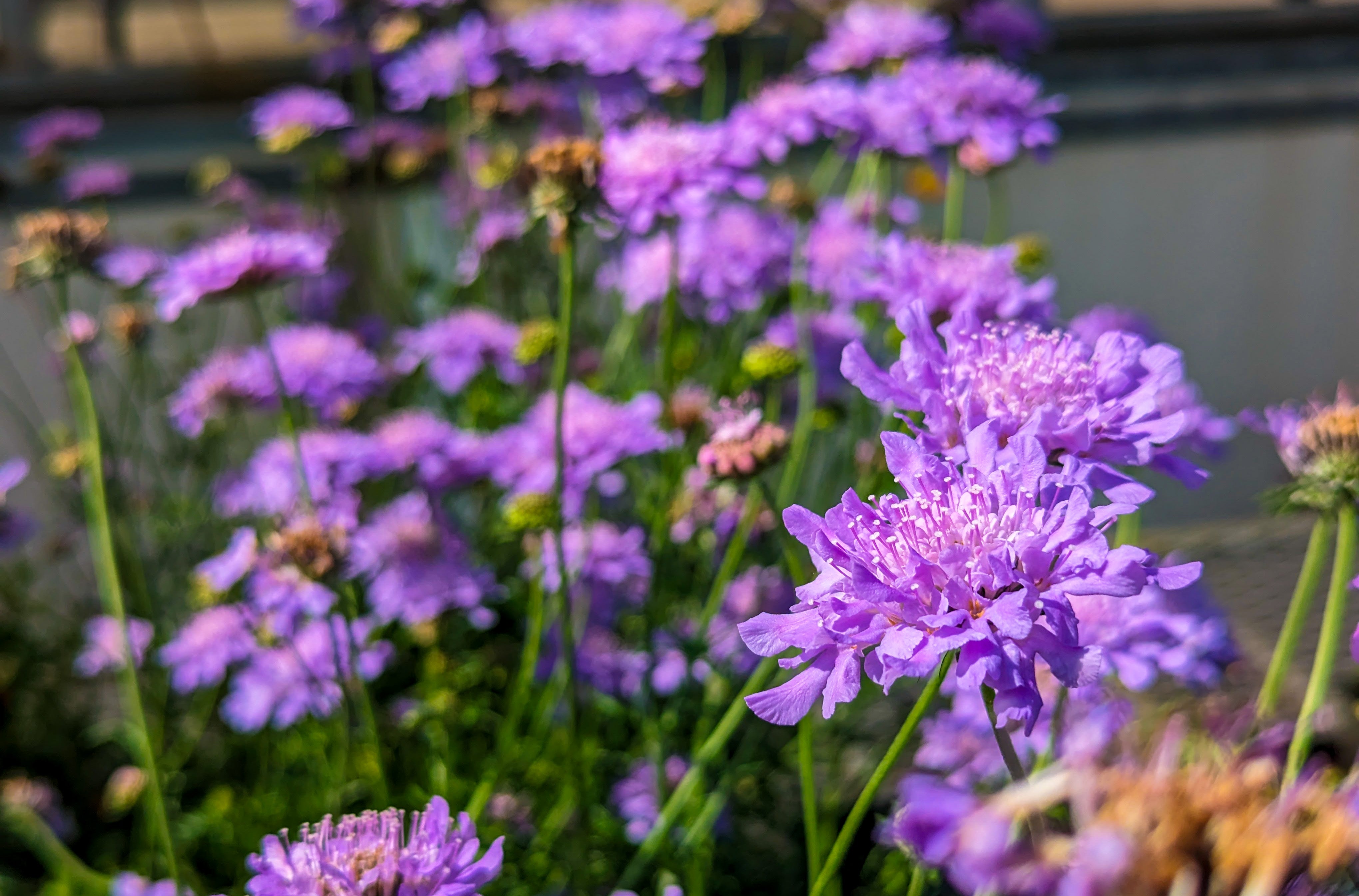
Pincushion

Rock Cress

Sandwort

Rockfoil

Sea Holly
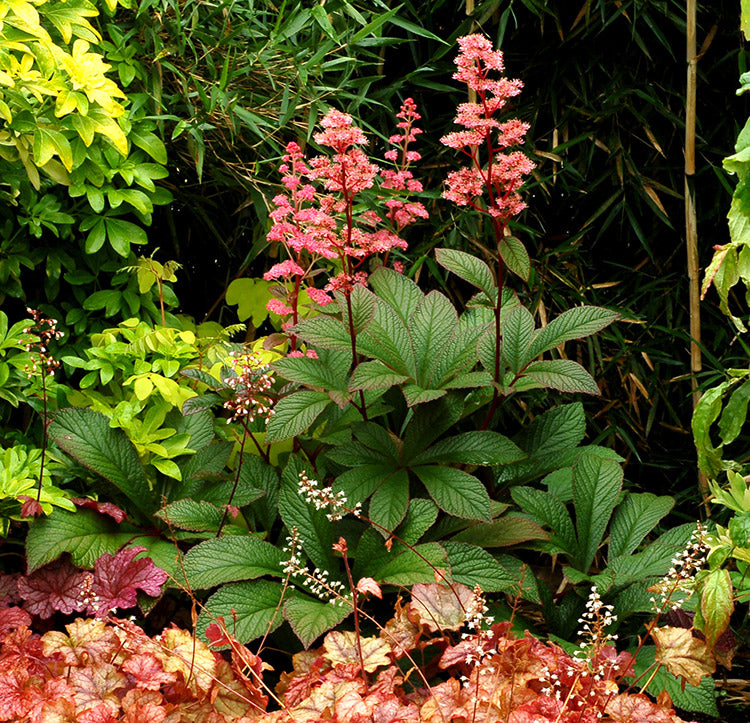
Rodgersia

Sea Thrift

Poppy

Russian Sage

Primrose

Sagebrush

Soloman's Seal

Sunflower
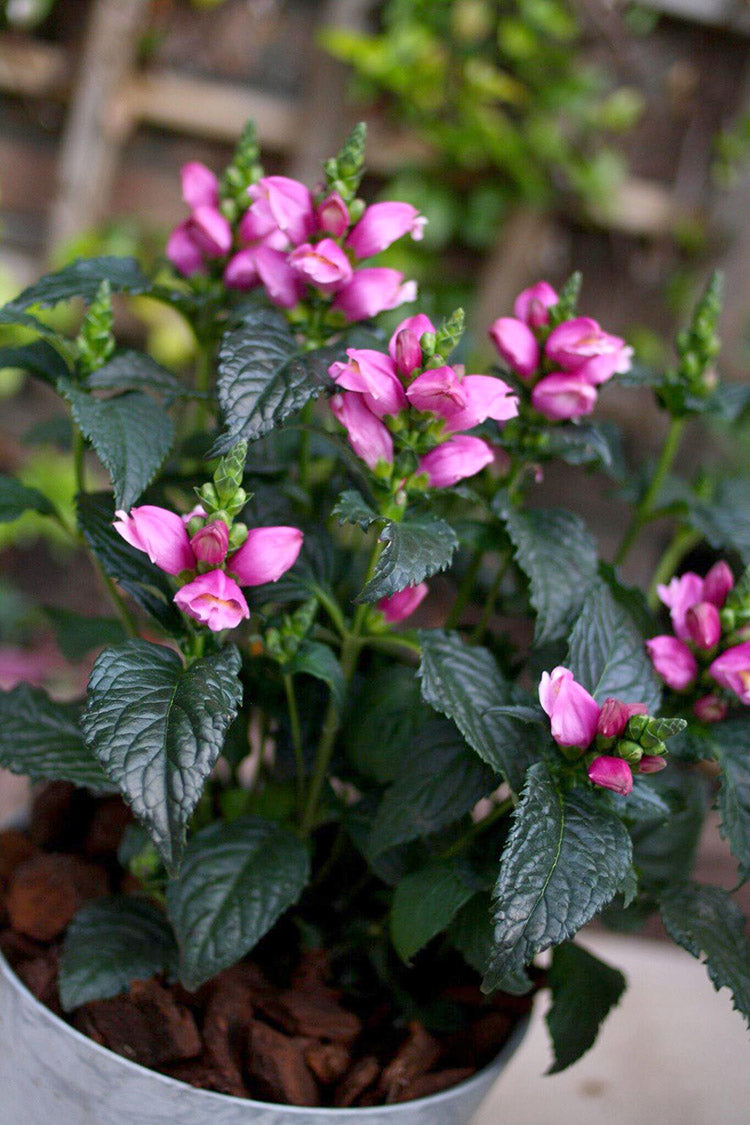
Turtlehead

Yarrow

Speedwell
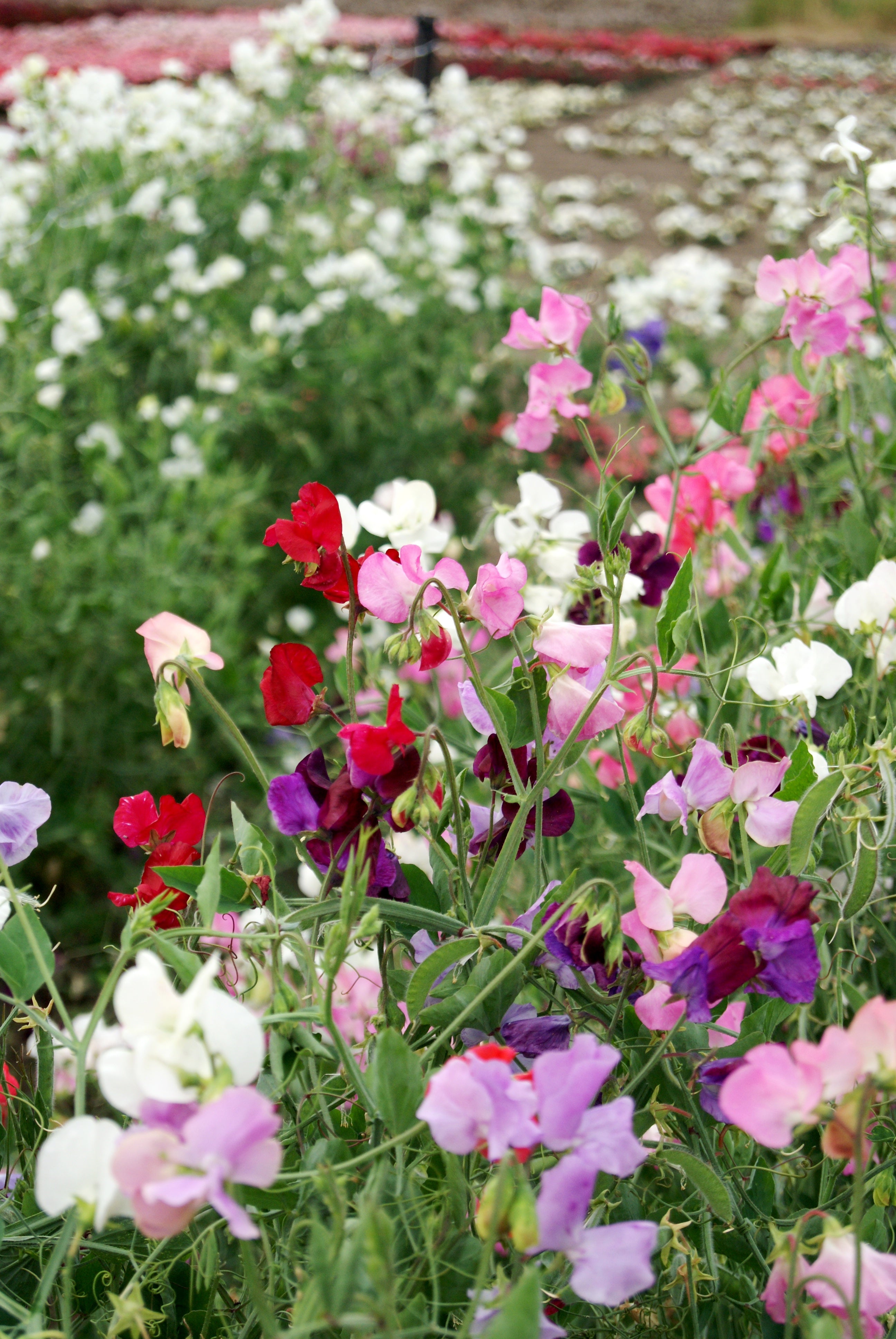
Sweet Pea

Umbrella Plant

Spiderwort
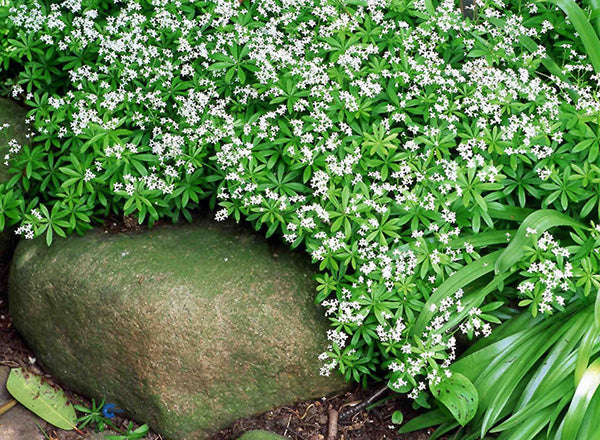
Sweet Woodruff

Waxbells

Sneezeweed
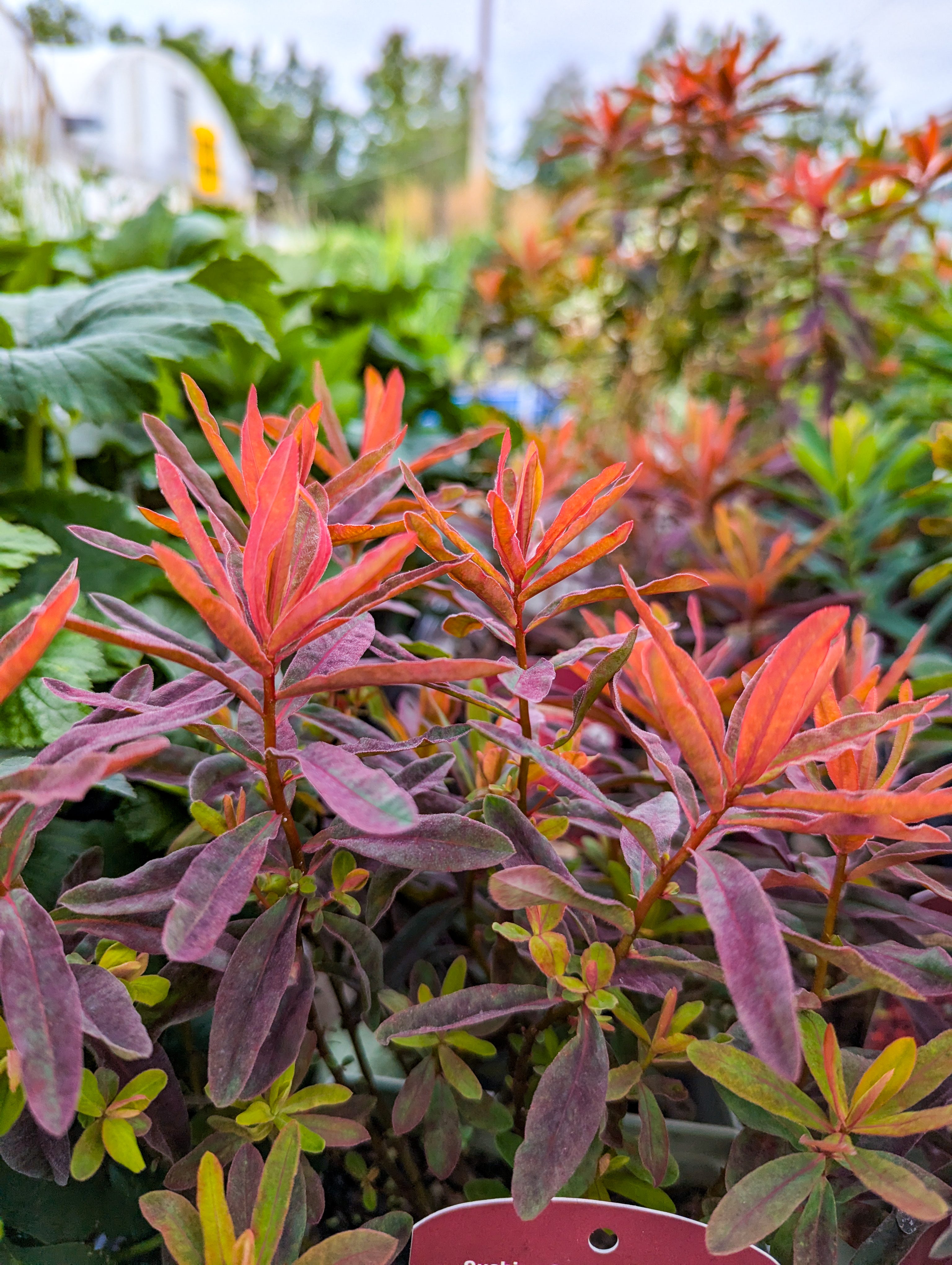
Spurge
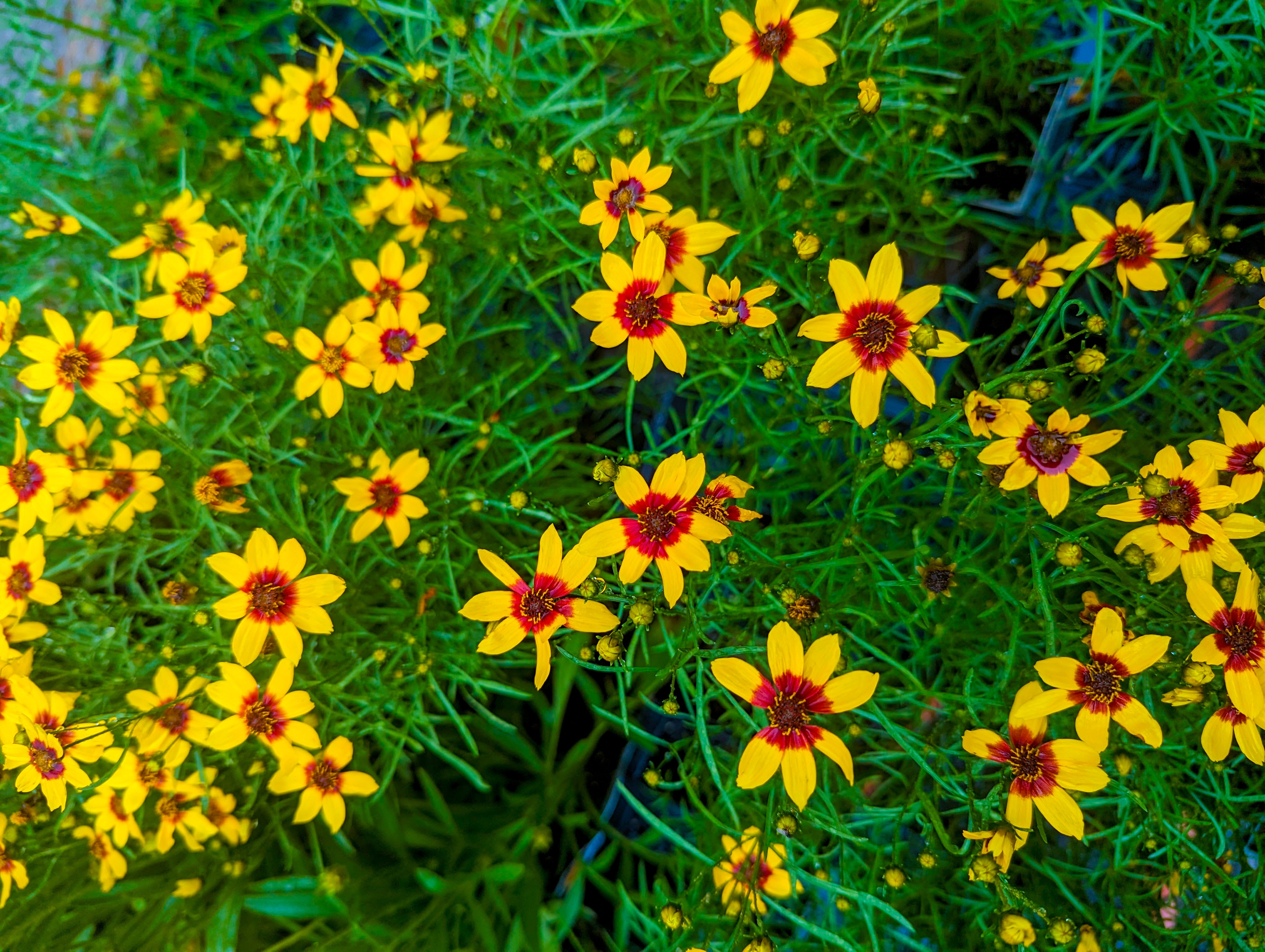
Tickseed

Soapwart

Stonecrop
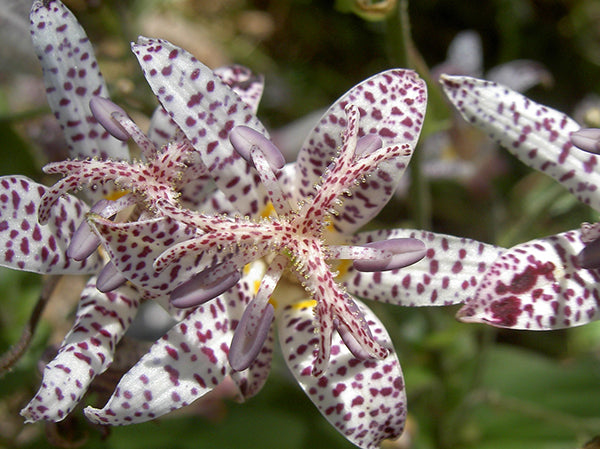
Toad Lily
Meet Our Experts

Cindy
